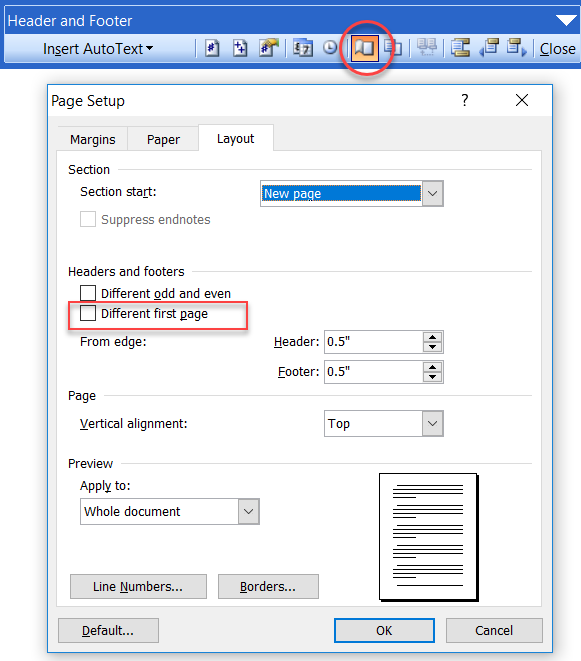

Multiple Heading Levels for Table of Contentsįirst, create your document or open an already existing one from your computer. In order to do this, you must first create your automatic table of contents in Word. For documents or manuscripts that are dense with information, you may have up to 5 or more heading levels that you need to include in your table of contents.Īlternatively to Word, you can create amazing table of contents slides in PowerPoint. By default, the auto-generated table of contents only show the first three heading levels you have created throughout your document. The problem with having many heading levels, however, is that all of them may not show on your table of contents. As a writer, this can serve as your guide so you can further expound on your ideas and be specific instead of vague, which is not good in writing. The different levels of headings can easily show readers specific topics or point of interests under one subject. If you’re writing a really long document with thousands of pages, you may probably use dozens, if not hundreds, of headings at different levels. Headings are also useful for separating topics to subtopics and enumerating different points under one main topic, and so on. It can serve as a guide for readers to know what they are going to read next. Headings are great for separating your multiple topics and keeping them all organized. Use Headings for Organizing Your Documents These headings can be customized so that you can show them all in your table of contents. One of the key elements in generating this automatic table of contents in Word is the set of headings that you use throughout the document. When you’re talking about thousands of pages of reports and manuscripts, this ability to automatically create a table of contents that is linked to your whole document is highly critical. You also don’t have to keep on adjusting the page numbers and formatting of your table of contents to accommodate any changes you made to your document. For one, you don’t have to keep scrolling all throughout your document repeatedly.

It can also save you from all the hassle and guesswork.

HOW TO ADD DIFFERENT FIRST PAGE HEADER IN WORD HOW TO
Repeat the above steps to change all header or footer contents as you need.Knowing how to generate automatically a table of contents in Word can save you a lot of time. Change the header or footer content to your needs and click the Close Header and Footer button. Then click to turn off the Link to Previous option under the Design tab.ģ.

Double click the header or footer section in page 2 to enable the header or footer editing mode. Click on the top of a page where you want to start a new header or footer which is different to the original one(here I click on the top of the page 2), click Layout > Breaks > Next Page. Please do as follows to create different headers or footers in a Word document.ġ. If you want to create different headers or footers in a Word document, the method in this article can help you.Ĭreate multiple headers or footers in Word How to create multiple headers or footers in a Word document?īy default, an inserted header or footer will be applied to all pages in a Word document.


 0 kommentar(er)
0 kommentar(er)
